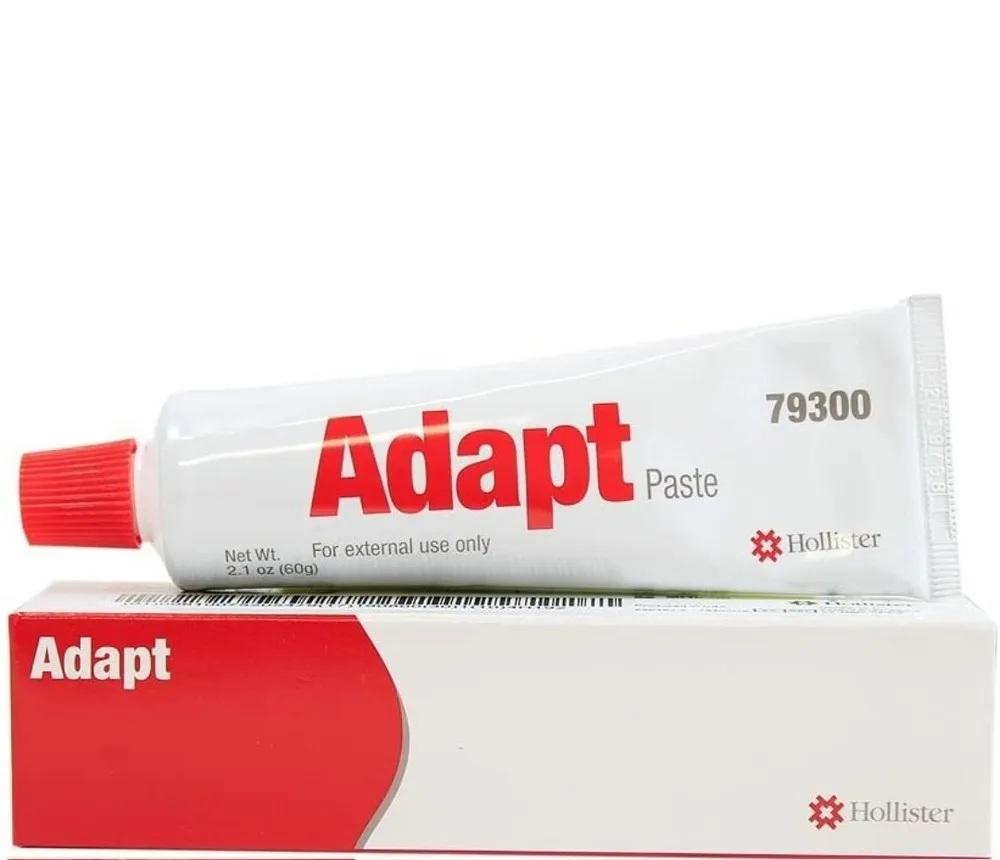Key Considerations for Negotiating In-Licensing Deals

In the dynamic and competitive pharmaceutical and biotech industries, companies are constantly looking for ways to innovate and expand their product portfolios. One effective strategy for achieving growth is in-licensing, the process of acquiring rights to a drug or technology from another company, typically in exchange for upfront payments, royalties, or milestone payments. In-licensing offers companies the opportunity to access novel products and technologies without bearing the full cost and time commitment of research and development (R&D).
The Role of In-Licensing in Growth Strategy
In-licensing provides companies with a faster route to market by allowing them to tap into external innovations and build on the work of other organizations. By acquiring the rights to promising products, companies can complement their existing pipeline, diversify their portfolio, and expand into new therapeutic areas. This strategy is particularly appealing for smaller companies that may not have the resources to conduct extensive internal R&D but wish to compete with larger players in the industry.
In-licensing also allows companies to access cutting-edge technologies, such as gene therapies or biologics, which may have a high barrier to entry for internal development. For larger pharmaceutical companies, in-licensing enables a more efficient way to sustain a robust pipeline of products, ensuring continued growth and relevance in a competitive marketplace.
Financial Burden Associated with R&D
One of the primary reasons companies pursue in-licensing is to mitigate the financial burden associated with R&D. Developing new drugs from scratch is an expensive and time-consuming process, often taking years of investment and facing high rates of failure. In fact, it is estimated that the cost of developing a new drug can exceed $2 billion, including expenses related to preclinical studies, clinical trials, and regulatory approvals.
By opting for in-licensing, companies can reduce the financial risks and costs associated with drug development. Instead of investing heavily in early-stage R&D, they can acquire promising technologies or drugs that are already in development or have reached advanced clinical stages. This allows them to focus their resources on commercialization and marketing, which can be more cost-effective compared to conducting internal R&D.
Explore top licensing partners for dissolvable microneedle technology. Unlock strategic insights and drive your drug delivery success. https://www.delveinsight.com/case-study/in-licensing-opportunity
Strategic Considerations in In-Licensing
To maximize the benefits of in-licensing, companies must carefully evaluate potential partners and technologies. Strategic considerations include assessing the therapeutic potential of the drug, understanding the competitive landscape, and considering the regulatory path ahead. Furthermore, companies need to ensure that the terms of the licensing agreement align with their long-term goals and financial capacity. Due diligence is crucial to ensuring that the in-licensed product is truly valuable and will contribute to the company’s growth.
Conclusion
In-licensing is a powerful growth strategy for companies looking to expand their product portfolios and access novel technologies without the high financial burden of conducting internal R&D. By carefully evaluating opportunities and forming strategic partnerships, companies can reduce the risks and costs associated with drug development while driving innovation and profitability. As the pharmaceutical and biotech industries continue to evolve, in-licensing will remain a key component in helping organizations achieve sustainable growth and stay competitive in a rapidly changing market.
Identify the best microneedle technology partners for your business. Leverage our expert assessment to accelerate commercialization. https://www.delveinsight.com/case-study/in-licensing-opportunity






